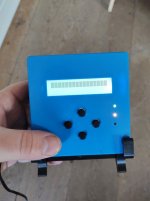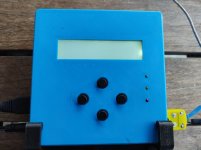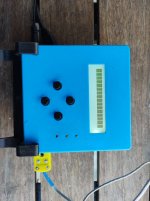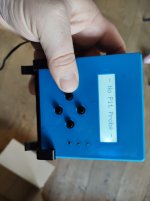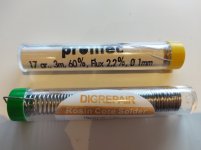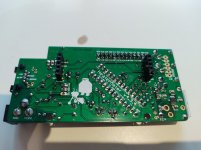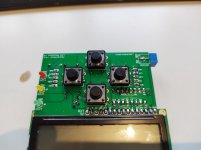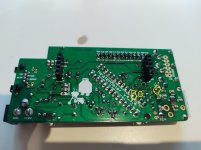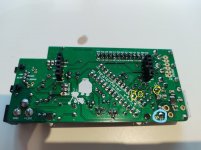Michel, I understand your frustration.
In a situation like this I take the "shotgun" approach. Remove the rPi, pull the ATMEGA, then with a clean soldering iron QUICKLY reflow the solder on the entire board. If you soldered heavily the first time then a reheat to reflow is probably all you need, if you soldered lightly the first time add a little solder on the second pass. When you reheat, wiggle the leg of the component a little with the soldering iron, solder melts, leg wiggles, pull iron off quickly. Again, QUICKLY, you dont want to reheat and burn up all your parts. Wiggling the leg a bit helps the solder flow to the traces on the other side of the board.
After you have done this take some isopropyl alcohol (or flux remover if you have it) and clean the board with a soft bristle brush (old toothbrush will do). After letting the board dry thoroughly reinstall the ATMEGA and boot up the HM on its own, see if it loads properly? If so, power cycle a few times just to get a feel if it is now reliable? If reliable then the HM board is good. Now connect the rPi and boot, did things turn bad? Hopefully not! If the HM wont boot it is possible that bad connections caused the program on the ATMEGA to get corrupted, I've seen this more than once. Connecting the rPi will sometimes get the ATMEGA re-flashed, if the ATMEGA refused to operate there are some things you can try wipe it clean so it can be flashed properly. Cross that bridge if you come to it.
Also make sure you don't have any long component legs that can bend and touch other component.
The HM doesn't need the rPi to function (after the first boot when the ATMEGA gets flashed). So best troubleshoot this without the rPi connected. You should get display and temps from the probes, menu and fan will function, everything will function without the rPi except for the web interface. I have built several versions of the HM board, one time I had a similar problem but only when the rPi was connected. Turns out the rPi leaned into the HM board enough to touch some components, I put a piece of paper between them and never had another problem. Troubleshooting without the rPi connected led me to that solution...
Good luck to you...
